Banned Books Week 2018: September 23 – 29
Banned Books Week is an annual event celebrating the freedom to read. Banned Books Week was launched in 1982 in response to a sudden surge in the number of challenges to books in schools, bookstores and libraries. Typically held during the last week of September, it highlights the value of free and open access to information. Banned Books Week brings together the entire book community — librarians, booksellers, publishers, journalists, teachers, and readers of all types — in shared support of the freedom to seek and to express ideas, even those some consider unorthodox or unpopular.
What is a challenge? What is a ban?
Book bans generally start with a challenge — a verbal or formal written attempt to restrict access to materials or to remove them entirely. A ban happens when those materials are actually removed from the shelves, classrooms, or performance spaces.
Are books really still banned in the United States?
Yes! Every year the American Library Association reports hundreds of challenges to book in school and libraries all over the United States, and ALA estimates that the unreported number of challenges is significantly higher. People continually try to take away readers' power to decide what books are right for themselves or their children by initiating challenges to remove books from libraries. IN some cases, book are actually removed from library and classrooms. This not only infringes on readers' rights, but also limits access to materials, especially for those who do not have the opportunity to purchase books.
Why are books challenged?
Books are usually challenged with the best of intentions, often motivated by a desire to protect younger readers from "inappropriate" content. Books are challenged over sexual content, profanity, age appropriateness, violence, religious viewpoint, LGBTQ content, political bias, drug and alcohol use, suicide, and much more.
Who challenges and bans books?
Most challenges come from library patrons and parents, who raise concerns over content they find objectionable. Sometimes, a library or school staffer or administrator will bring a challenge. Politicians, political organizations, and religious groups have also targeted books and plays. On a few occasions, students have brought complaints to administrators.
The ultimate arbitrator of the challenge depends on the policies of the institution where a book is challenged. Institutions without a thoughtful reconsideration protocol are far more likely to ban materials. In order to understand how San José Public Library approaches challenges you can read the Collection Development Policy.
10 Most Challenged Books of 2017
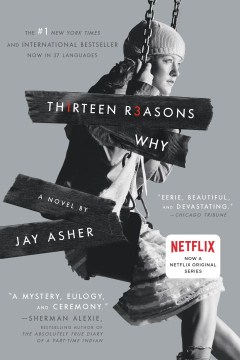 1. Thirteen Reasons Why by Jay Asher
1. Thirteen Reasons Why by Jay Asher
When Clay Jenkins receives a box containing thirteen cassette tapes recorded by his classmate Hannah, who committed suicide, he spends the night crisscrossing their town, listening to Hannah's voice recounting the events leading up to her death.
Originally published in 2007, this New York Times bestseller has resurfaced as a controversial book after Netflix aired a TV series by the same name. This YA novel was challenged and banned in multiple school districts because it discusses suicide.
 2. The Absolutely True Diary of a Part-Time Indian by Sherman Alexie
2. The Absolutely True Diary of a Part-Time Indian by Sherman Alexie
Budding cartoonist Junior leaves his troubled school on the Spokane Indian Reservation to attend an all-white farm town school where the only other Indian is the school mascot.
Consistently challenged since its publication in 2007 for acknowledging issues such as poverty, alcoholism, and sexuality, this National Book Award winner was challenged in school curriculums because of profanity and situations that were deemed sexually explicit.
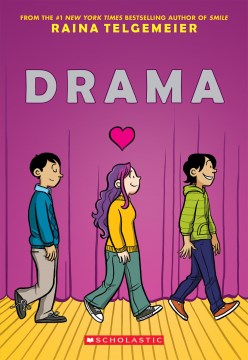 3. Drama by Raina Telgemeier
3. Drama by Raina Telgemeier
Callie rides an emotional roller coaster while serving on the stage crew for a middle school production of Moon over Mississippi as various relationships start and end, and others never quite get going.
This Stonewall Honor Award-winning, 2012 graphic novel from an acclaimed cartoonist was challenged and banned in school libraries because it includes LGBT characters and was considered “confusing.”
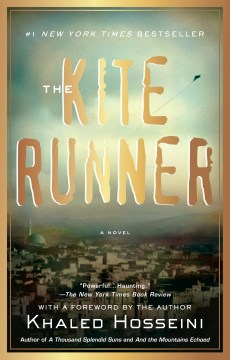 4. The Kite Runner by Khaled Hosseini
4. The Kite Runner by Khaled Hosseini
Afghanistan, 1975: Twelve-year-old Amir is desperate to win the local kite-fighting tournament and his loyal friend Hassan promises to help him. But neither of the boys can foresee what will happen to Hassan that afternoon, an event that is to shatter their lives. After the Russians invade and the family is forced to flee to America, Amir realizes that one day he must return to Afghanistan under Taliban rule to find the one thing that his new world cannot grant him: redemption.
This critically acclaimed, multigenerational novel was challenged and banned because it includes sexual violence and was thought to “lead to terrorism” and “promote Islam.”
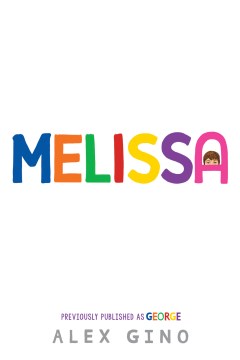 5. George by Alex Gino
5. George by Alex Gino
When people look at George, they think they see a boy. But she knows she's not a boy. She knows she's a girl. George thinks she'll have to keep this a secret forever. Then her teacher announces that their class play is going to be Charlotte's Web. George really, really, REALLY wants to play Charlotte. But the teacher says she can't even try out for the part . . . because she's a boy. With the help of her best friend, Kelly, George comes up with a plan. Not just so she can be Charlotte -- but so everyone can know who she is, once and for all.
Written for elementary-age children, this Lambda Literary Award winner was challenged and banned because it includes a transgender child.
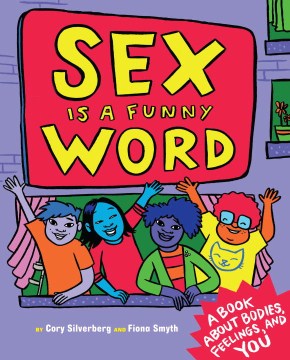 6. Sex is a Funny Word by Cory Silverberg, illustrated by Fiona Smyth
6. Sex is a Funny Word by Cory Silverberg, illustrated by Fiona Smyth
A comic book for kids that includes children and families of all makeups, orientations, and gender identities, Sex Is a Funny Word is an essential resource about bodies, gender, and sexuality for children ages 8 to 10 as well as their parents and caregivers. Much more than the "facts of life" or "the birds and the bees," Sex Is a Funny Word opens up conversations between young people and their caregivers in a way that allows adults to convey their values and beliefs while providing information about boundaries, safety, and joy. The eagerly anticipated follow up to Lambda-nominated What Makes a Baby, from sex educator Cory Silverberg and artist Fiona Smyth, Sex Is a Funny Word reimagines "sex talk" for the twenty-first century.
This 2015 informational children’s book written by a certified sex educator was challenged because it addresses sex education and is believed to lead children to “want to have sex or ask questions about sex.”
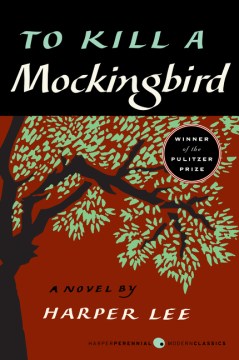 7. To Kill A Mockingbird by Harper Lee
7. To Kill A Mockingbird by Harper Lee
Scout Finch, daughter of the town lawyer, likes to spend her summers building treehouses, swimming, and catching lightning bugs with her big brother Jem. But one summer, when a black man is accused of raping a white woman, Scout's carefree days come to an end. In the county courtroom, she will join her father in a desperate battle against ignorance and prejudice.
This Pulitzer Prize-winning novel, considered an American classic, was challenged and banned because of violence and its use of the N-word.
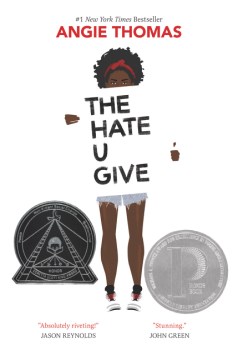 8. The Hate U Give by Angie Thomas
8. The Hate U Give by Angie Thomas
After witnessing her friend's death at the hands of a police officer, Starr Carter's life is complicated when the police and a local drug lord try to intimidate her in an effort to learn what happened the night Kahlil died.
Despite winning multiple awards and being the most searched-for book on Goodreads during its debut year, this YA novel was challenged and banned in school libraries and curriculums because it was considered “pervasively vulgar” and because of drug use, profanity, and offensive language.
 9. And Tango Makes Three by Peter Parnell and Justin Richardson, illustrated by Henry Cole
9. And Tango Makes Three by Peter Parnell and Justin Richardson, illustrated by Henry Cole
At New York City's Central Park Zoo, two male penguins fall in love and start a family by taking turns sitting on an abandoned egg until it hatches.
Returning after a brief hiatus from the Top Ten Most Challenged list, this ALA Notable Children’s Book, published in 2005, was challenged and labeled because it features a same-sex relationship.
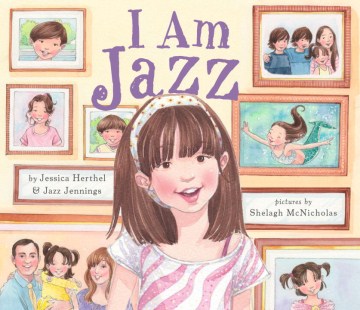 10. I Am Jazz by Jessica Herthel and Jazz Jennings, illustrated by Shelagh McNicholas
10. I Am Jazz by Jessica Herthel and Jazz Jennings, illustrated by Shelagh McNicholas
Presents the story of a transgender child who traces her early awareness that she is a girl in spite of male anatomy and the acceptance she finds through a wise doctor who explains her natural transgender status.
This autobiographical picture book co-written by the 13-year-old protagonist was challenged because it addresses gender identity.


Add a comment to: YA Friday: Banning Books Silences Stories